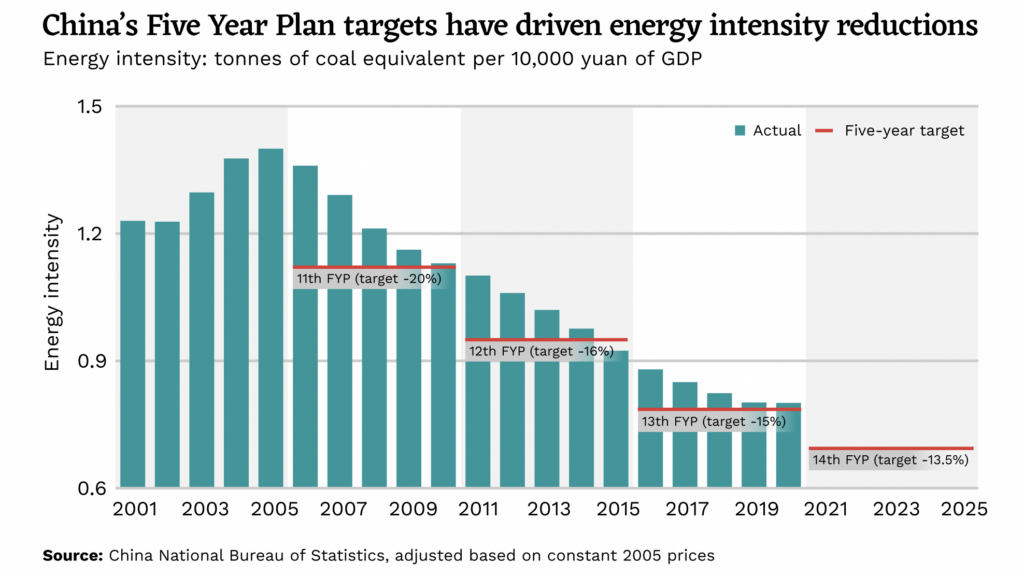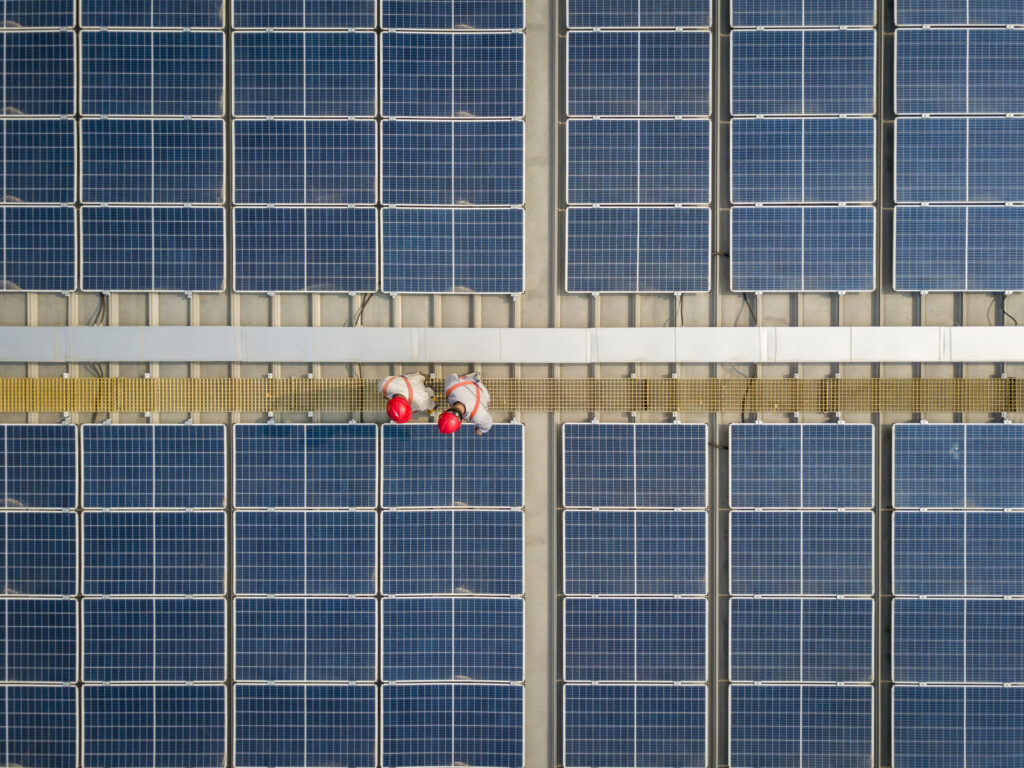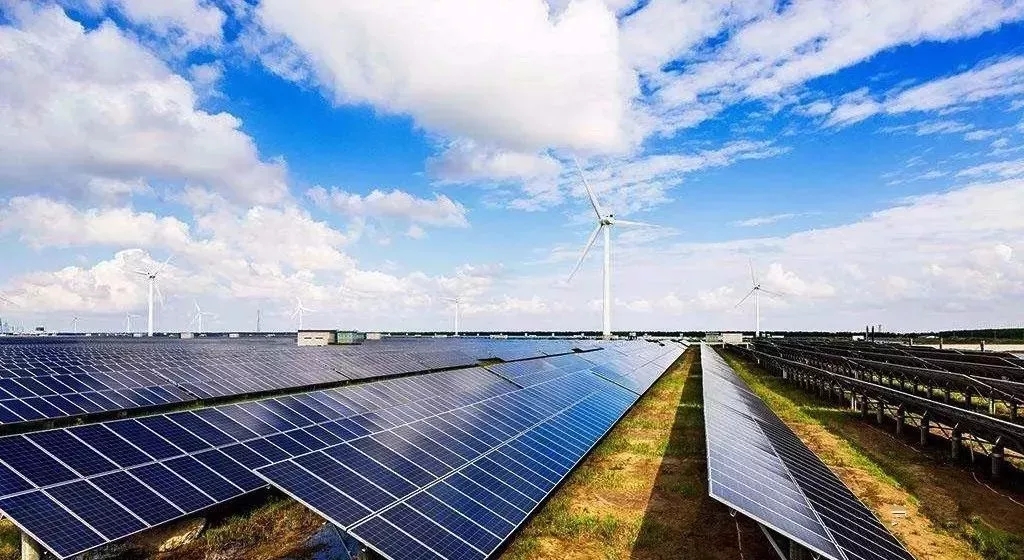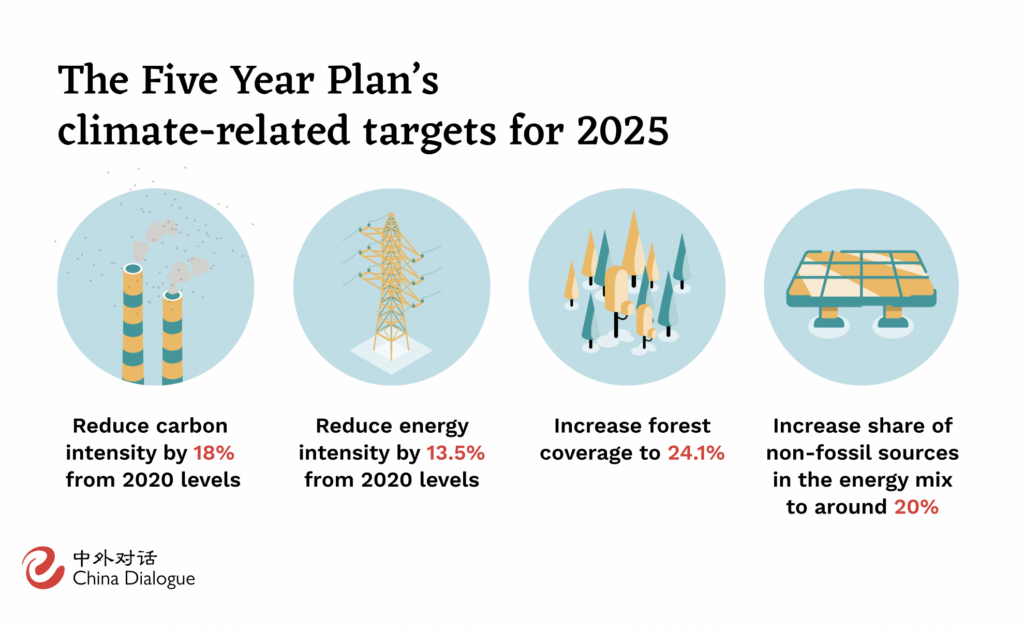
In September 2020, China put forward carbon peaking in 2030 and carbon neutrality in 2060. Two years have passed and the connotations, opportunities, and challenges of “dural carbon targets” are slowly being understood, but there are still many unknowns to be solved.
Macroeconomic perspectives on dual carbon
Looking at the international level, the carbon peak in developed countries is mostly due to the natural decline of carbon emission growth after economic development reaches a certain level and the market demand decreases. When their carbon peak is reached, the GDP per capita is generally 20,000-25,000 USD, and the United States has reached more than 60,000 USD GDP per capita, some countries in the European Union reached 40,000-50,000 USD, Japan and South Korea reached more than 30,000 USD, but China’s GDP per capita in 2021 had just reached 12,000 USD.

The carbon emissions of developed countries such as Europe and the United States have peaked in some cases even before the start of the UN climate change negotiations. But overall, the carbon peaking process in developed countries has gone through a longer period of high plateau fluctuations with multiple peaks protruding rather than a linear single peak. For example, the U.S. was at a high level of carbon emissions in the late 1980s, but it was not until after 2005 that it entered a phase of fluctuating decline. This means that China’s carbon peak may not be a single peak, but multiple peaks, and there is no need to force a shutdown due to emission fluctuations that would harm the normal operation of the economy and society, but China still tries to suppress the peak and shorten the high plateau period.
In 2010, the term low-carbon economy was not yet proposed in Chinese government documents, because China’s industrialization and urbanization were still in a rapid development stage, and the energy structure was dominated by coal, so it was extravagant to talk about low carbon. The main motivation for “carbon neutral” is that China realized a disruptive technological breakthrough.

Existing technologies in China can be divided into two categories. The first category is improving technology to improve energy efficiency, such as coal power technology improvement, from subcritical, supercritical to ultra-supercritical, carbon emissions dropped from 450g/kWh to 270g/kWh. The second category is disruptive technologies, such as photovoltaic power generation costs that have fallen by nearly 90% in 10 years.
In addition to hard technologies, soft technologies are also important, that is, the rigid regulation and guidance of the system. China has long proposed to live in harmony with nature, ecological civilization construction, and improve the quality of the atmosphere. Moreover, China has entered the upper middle level of developing countries, and is the world’s second-largest economy, zero carbon development is the opportunity, but also the climate risk of the solution, carbon peak belongs to the global efforts to promote the implementation of the Paris Agreement goals, and as a responsible country, China wishes to take the responsibility to ease the global warming crisis.

For China, the dual-carbon strategy can promote economic transformation and upgrading, and move towards high-quality development. Take the automobile industry as an example, compared with Europe, America, Japan, and South Korea, China’s internal combustion engine technology and fuel vehicles are weak in competitiveness and have a low share in the international market. However, under the dual-carbon goal, the domestic automobile industry has undergone a low-carbon transformation, electrification has become an important direction, and technologies such as lithium batteries for electric vehicles have been accumulated and widely recognized. With the continuous integration of technologies such as 5G and artificial intelligence into the field of electric vehicles, the future application scenarios will be even richer and China’s fossil energy consumption is expected to be optimized naturally.
Regional differences in the dual-carbon road
China imports about 700 million tons of crude oil every year and spends about 2 trillion RMB, a figure that accounts for 2% of GDP and 10% of fiscal revenue. To achieve a zero-carbon economy, it must get rid of its dependence on fossil energy, which is the most important background for the double carbon target.

From the perspective of regional economic development, achieving carbon neutrality must rely on regional synergy. Giant cities like Beijing and Shanghai have no space to engage in renewable energy, they have no problem achieving carbon peaking, but no conditions to achieve carbon neutrality, while China’s western, northwest, and southwest regions have abundant hydro and biomass energy.
In short, the western region in China’s regional coordinated low-carbon development bears the dual function of industrial transfer and west-east power transmission, and needs to enlarge and strengthen its role, positioning the northwest as a renewable energy power base and intelligent heavy industry base, and positioning the southwest hydropower-rich region as a high energy consumption information industry base and renewable energy power peaking base; building near-zero carbon cities by region and step by step, China will actively promote the construction of 100% renewable energy cities in the west regions, and in the east and central regions, China will pilot the construction of 100% new energy cities, and improve and actively adopt “nature-based near-zero carbon city solutions”; in the context of population transfer to metropolises and urban clusters, China will break the traditional “convergence + centralized” city and industry layout to reduce the difficulty of building near-zero carbon cities.

Energy security in the context of double carbon
The energy composition of developed countries has a shrinking share of coal, and the dismantling and withdrawal of coal power plants are common. China’s traditional energy endowment is “rich in coal, short of oil and gas”, with coal power plants accounting for more than half of the world’s installed capacity and a very young and efficient coal power system. After the outbreak of the Russia-Ukraine conflict, the price of bulk energy commodities fluctuated dramatically, and the European Commission proposed the “RE Power EU” program to decouple from Russian gas.
The international situation affects the fluctuation of energy prices, and China has to fight a comprehensive war when dealing with this fluctuation. First of all, China recognizes that rising energy prices will make the traditional processing trade profits decline, which is all the more important not to stimulate exports through the devaluation of the CNY. For this issue, in the long run, it is still necessary for China to pursue the high-quality development of the Chinese economy and improve China’s position in the global industrial chain. Finally, it is still necessary to insist on promoting the decarbonization of energy, reducing the dependence on traditional fossil energy, and gaining more initiative.

As the main force of carbon reduction in the power industry, it is inevitable to reach the peak earlier. Now the idea of China is to create a positive policy mechanism and market environment, so that these stocks of coal power units can maximize the value of flexible services when less power is generated, smooth and efficient operation when the need to generate power, in an emergency can be opened to the maximum load, not to appear to pull the plug to limit power.
China’s domestic demand for electricity, coal consumption is still growing, the apparent reason is the economic and social demand driven by the rise, the root cause is China’s coal-based energy structure is sensitive to changes in demand performance, in the non-fossil energy increment is not enough to support the new energy demand before, coal consumption will grow with the growth of energy demand. If a large number of coal power assets are limited for usage in advance, it will bring pressure to the current power supply security, and is not conducive to people’s livelihood and economic development.

In the past four or five years, the average loss rate of the coal power industry has been 50%-60% in China. Coal power units need to be modified for flexibility, gradually adjusting downward the number of hours of utilization to make room for renewable energy. When wind and PV are connected to the grid on a large scale, coal power will only be used as a guarantee of energy supply security to cope with emergencies and extreme weather. China has done projections that wind and PV will account for roughly 65%-70% of China’s energy mix by 2060 before carbon neutrality is achieved.
Plus, the Chinese government will also improve the design of the price system that can link the coal price and electricity price more smoothly as soon as possible.
(Source: CGTN, China Dialogue, JD Corporate Blog)



